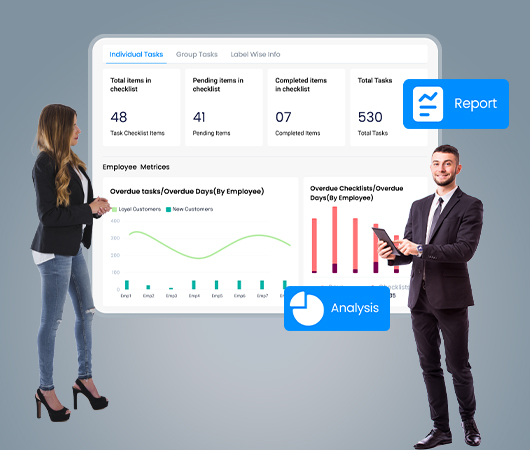How to Use Jugl CRM for Predictive Analytics to Forecast Sales: A Step by Step Guide
Sales forecasting helps businesses optimize revenue, improve cash flow, and enhance strategic planning with accurate data analysis using Jugl CRM.

Eduardo Amaya
10th Mar, 2025
Why Sales Forecasting Matters for Your Business?
If you're running a business, you already know that guessing future sales can lead to lost revenue or overstocking.
Sales forecasting isn't just for large corporations - it’s a must-have toolfor any business that wants to optimize revenue, improve cash flow, and plan strategically.
According to Harvard Business Review (2024), businesses using sales forecasting see a 95% improvement in financial planning efficiency.
With Jugl CRM, you can do this manually without complex integrations—just smart data analysis.
Step 1: Gather and Organize Your Sales Data
Before forecasting, ask yourself: How well do I know my past sales trends?Start by collecting your sales data from the past 12 months.
Break it down into:
Monthly and quarterly revenue figures
Best-selling and worst-performing products
Seasonal trends affecting sales
Customer buying patterns
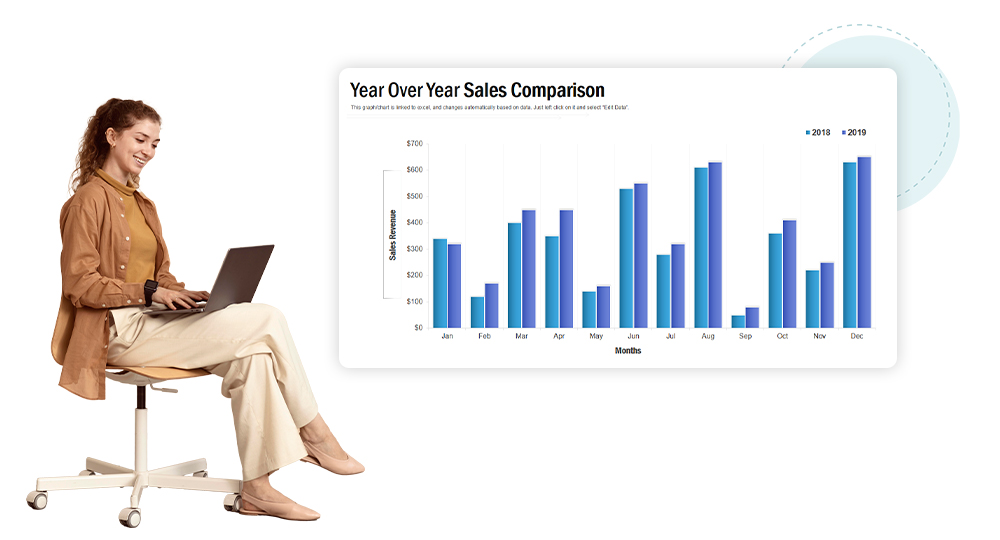
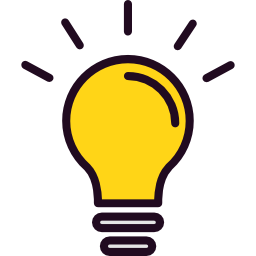
Pro Tip
Use an Excel spreadsheet to track this data and create a simple table with date, sales volume, and any external factors (like holidays or promotions) that may have influenced sales.
Step 2: Identify Sales Patterns and Trends
Look at your historical data - do you see consistent trends? Some products sell better in winter, others during holiday seasons.
Understanding these patterns helps you plan marketing campaigns and inventory accordingly.
Questions to ask:
Which months had the highest and lowest sales?
Were there external factors like discounts or competitor activity that affected sales?
Are specific products affected by seasonal changes?
📊 Example Table: Historical Sales Trends
| Year | Q1 Sales (%) | Q2 Sales (%) | Q3 Sales (%) | Q4 Sales (%) |
|---|---|---|---|---|
| 2022 | 20% | 25% | 30% | 25% |
| 2023 | 18% | 28% | 32% | 22% |
| 2024 | 22% | 26% | 35% | 17% |
Step 3: Forecast Sales Using Simple Methods
You don’t need complex formulas to forecast sales.
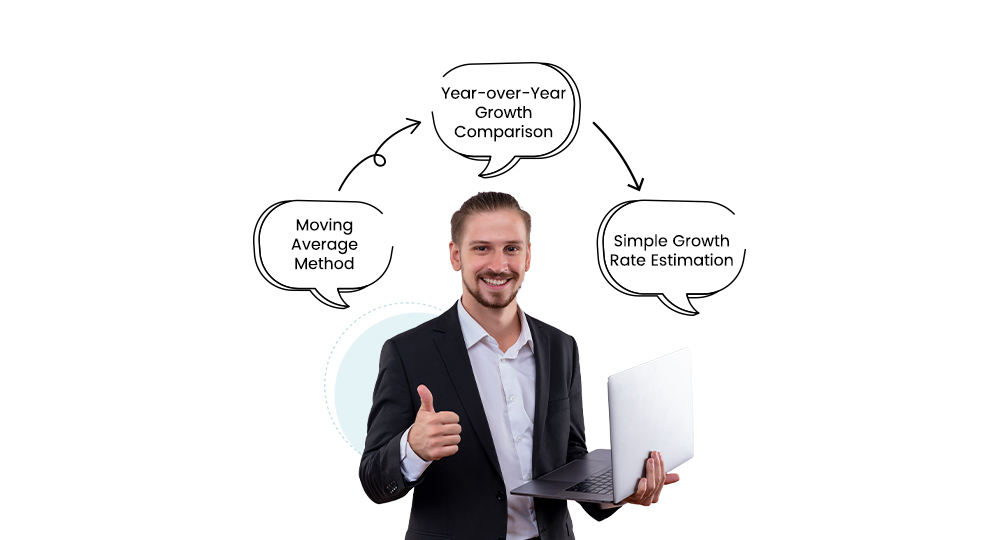
Here are three easy ways to do it manually:
1. Moving Average Method
Take your average sales over the last 3-6 months to predict future sales. This helps smooth out fluctuations and gives a clear trend line.
Example: If sales for the past three months were $5,000, $5,500, and $6,000, your moving average forecast for next month is
$5,000 + $5,500 + $6,000
3
=
$5,500
2. Year-over-Year Growth Comparison
Look at sales from the same period last year. Are they increasing, decreasing, or staying the same?
Calculate the percentage change:
Example: If last year’s sales in March were $10,000 and this year’s March sales are $12,000:
Growth Rate = (12,000 - 10,000) / 10,000 * 100 = 20%Growth Rate
=
12,000 - 10,000
10,000
*
100
=
20%
3. Simple Growth Rate Estimation
If your sales have been growing by 10% each year, estimate next year’s revenue:
Formula: Next Year Sales = Current Sales * (1 + Growth Rate)
Example: If your current sales are $50,000 and you expect 10% growth, next year’s sales will be $55,000.
Step 4: Adjust Sales Strategies Based on Forecasts
Now that you’ve estimated sales, use it to optimize your marketing and sales strategies.
Plan promotions, pricing, and inventory to align with expected revenue.
Key Adjustments:
Increase ad spend during high-sales months
Offer promotions during slower seasons
Set revenue targets and sales quotas for teams
📊 Example Table: Sales Strategy Planning
| Product Category | Predicted Sales Growth (%) | Suggested Action | Peak Sales Period |
|---|---|---|---|
| Electronics | 25% | Increase marketing | Q3 & Q4 |
| Apparel | 15% | Launch promotions | Q2 & Q4 |
| Beauty Products | 30% | Expand inventory | Q3 & Q4 |
| Groceries | 10% | Maintain pricing | All Year |
Step 5: Monitor and Adjust Forecasts Regularly
Sales forecasting isn’t a one-time task.
Review and refine your predictions regularly to stay on track.
Every quarter or month, check:
Were your previous forecasts accurate?
What unexpected factors changed sales trends?
Do you need to adjust marketing spend or inventory levels?

Pro Tip
Businesses that update their forecasts monthly see a 40% increase in revenue accuracy (Gartner, 2024).
Why Jugl CRM Makes Sales Forecasting Easier
✅ Track all sales data in one place – No need for complex integrations, just organized records.
✅ Improve accuracy with structured forecasting – Avoid guesswork and plan sales strategies effectively.
✅ Make better business decisions – Know when to launch promotions and stock up on popular products.
✅ Increase revenue and profitability – Align marketing efforts with high-sales periods.
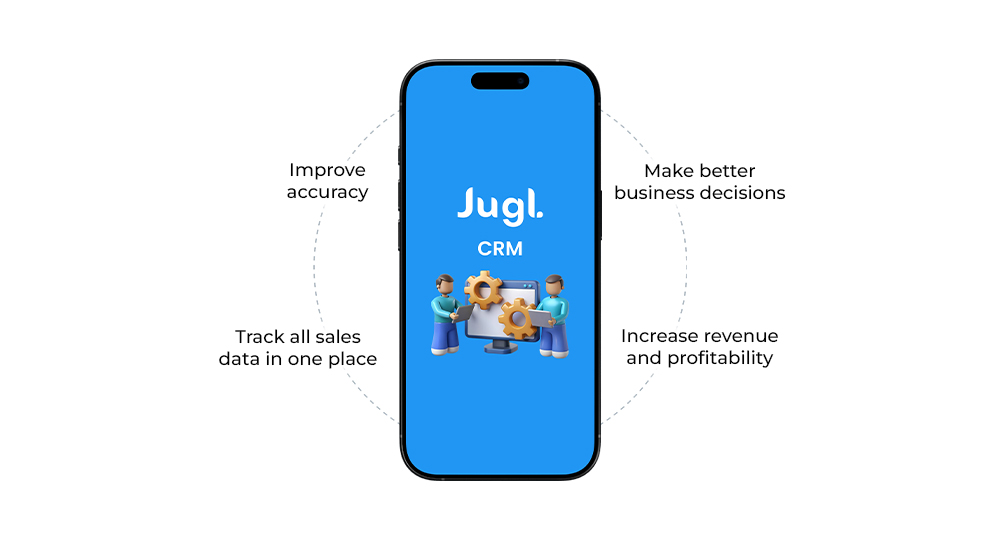
📊 Example Table: Business Impact of Predictive Sales Analytics
| Business Type | Forecast Accuracy Increase (%) | Revenue Growth (%) | Customer Retention Improvement (%) |
|---|---|---|---|
| Retail | 80% | 20% | 25% |
| Manufacturing | 85% | 25% | 30% |
| E-commerce | 75% | 18% | 35% |
Final Thoughts: Start Forecasting Sales Today!
By following these simple steps and using Jugl CRM, you can take control of your revenue, improve sales planning, and increase profits.
The best part? You don’t need AI or complex integrations - just good data and structured forecasting.
Take Action Now!
Over 440+ businesses are already using Jugl CRM to manage sales forecasting.
Don’t get left behind - start optimizing your sales today!
Book a FREE Demo
Experience next-gen CRM efficiency.
Further Reading:
For more insights, check out
How to Improve Your Workflow in 2025: A Step-by-Step Guide for Business Owners.Share this article
You might also like

How to stop losing orders and keep customers happy in 2025

Eduardo Amaya
7th Jan, 2025

Top 5 reasons why you should stop using Monday.com in 2025

Ram Kumar
7th Jan, 2025

Why 8 of 10 business owners are re-thinking service ticket management?

Arun Kumar
7th Jan, 2025

